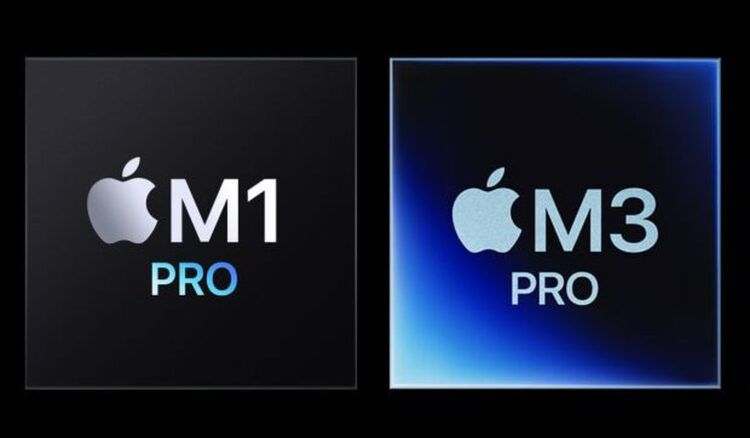The debate between Apple M1 Pro vs M3 Pro chips is causing quite a stir in the tech world, and for good reason. These silicon powerhouses are at the forefront of Apple’s innovation, each offering its own set of impressive features.
In this article, we’ll break down the key differences between the M1 Pro and the M3 Pro, helping you decide if it’s time to make the upgrade.

How to choose between M1 Pro vs M3 Pro?
With Apple’s introduction of the M3 chip lineup, many enthusiasts are trying to compare the latest release of the series and decide whether it’s time to upgrade or not. Below, you can check out all the details of both models and see why it might be a good idea to do so.
Apple M1 Pro
When Apple unveiled the M1 Pro, it turned heads worldwide. Nestled within the sleek confines of the late 2021 MacBook Pro 14 and 16-inch models, the M1 Pro promised a blend of performance and efficiency that raised the bar.
Boasting a total of 10 cores, including eight performance cores and two power-efficient ones, Apple made it clear they meant business. But that’s not all – the M1 Pro also introduced an integrated 16-core graphics card, ensuring visuals were nothing short of stunning.
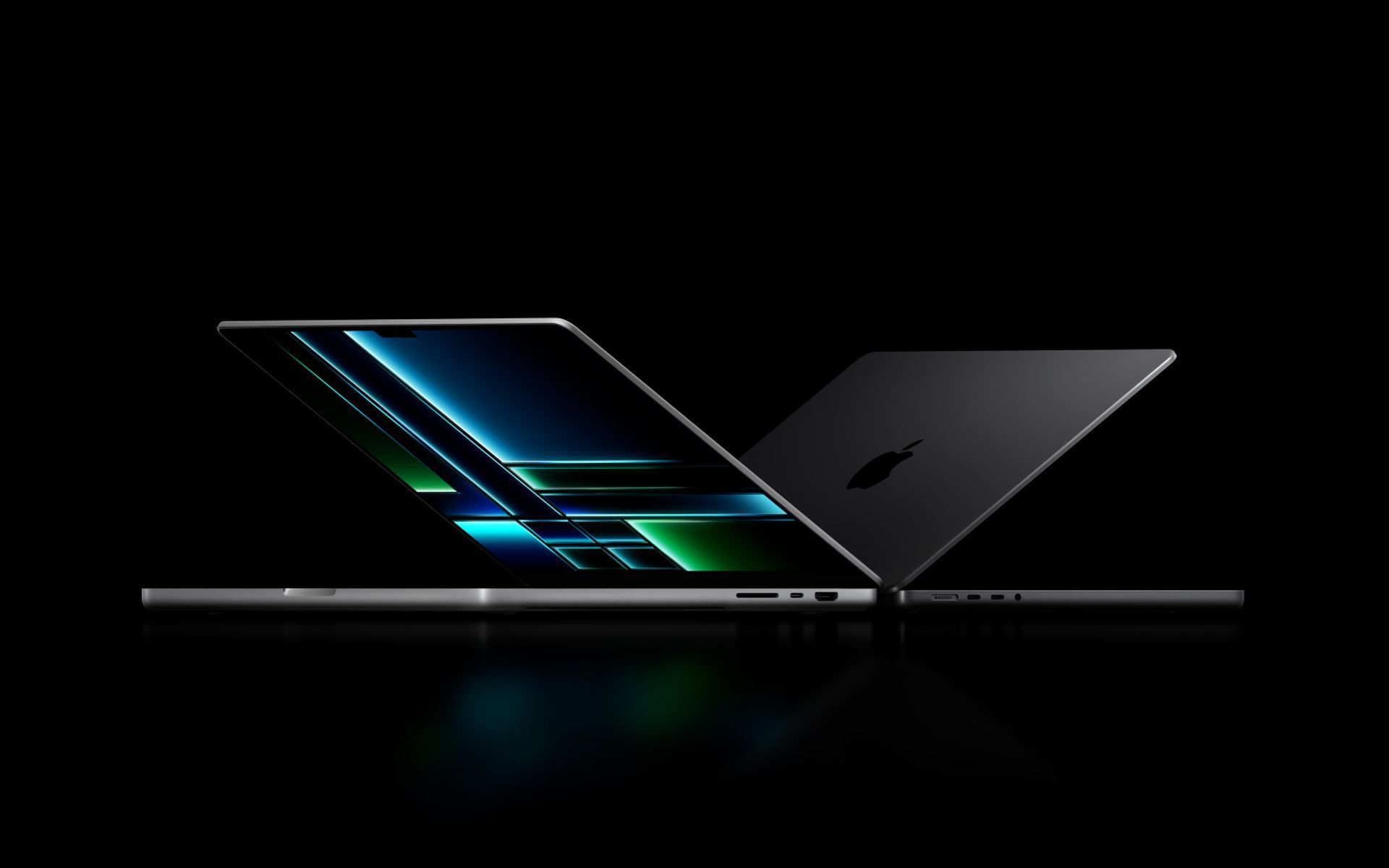
For the tech aficionados who revel in the numbers, the fact that it’s manufactured in 5 nm at TSMC with a staggering 33.7 billion transistors is the icing on the cake. The M1 Pro is undeniably impressive, but the M3 Pro was ready to make its mark.
Apple M3 Pro
The M3 Pro is Apple’s answer to the future of computing. As a part of the groundbreaking M3 lineup, which includes the standard M3 and the formidable M3 Max, the M3 Pro is a technological marvel. Leveraging TSMC’s 3nm process, this chip showcases Apple’s commitment to pushing boundaries.
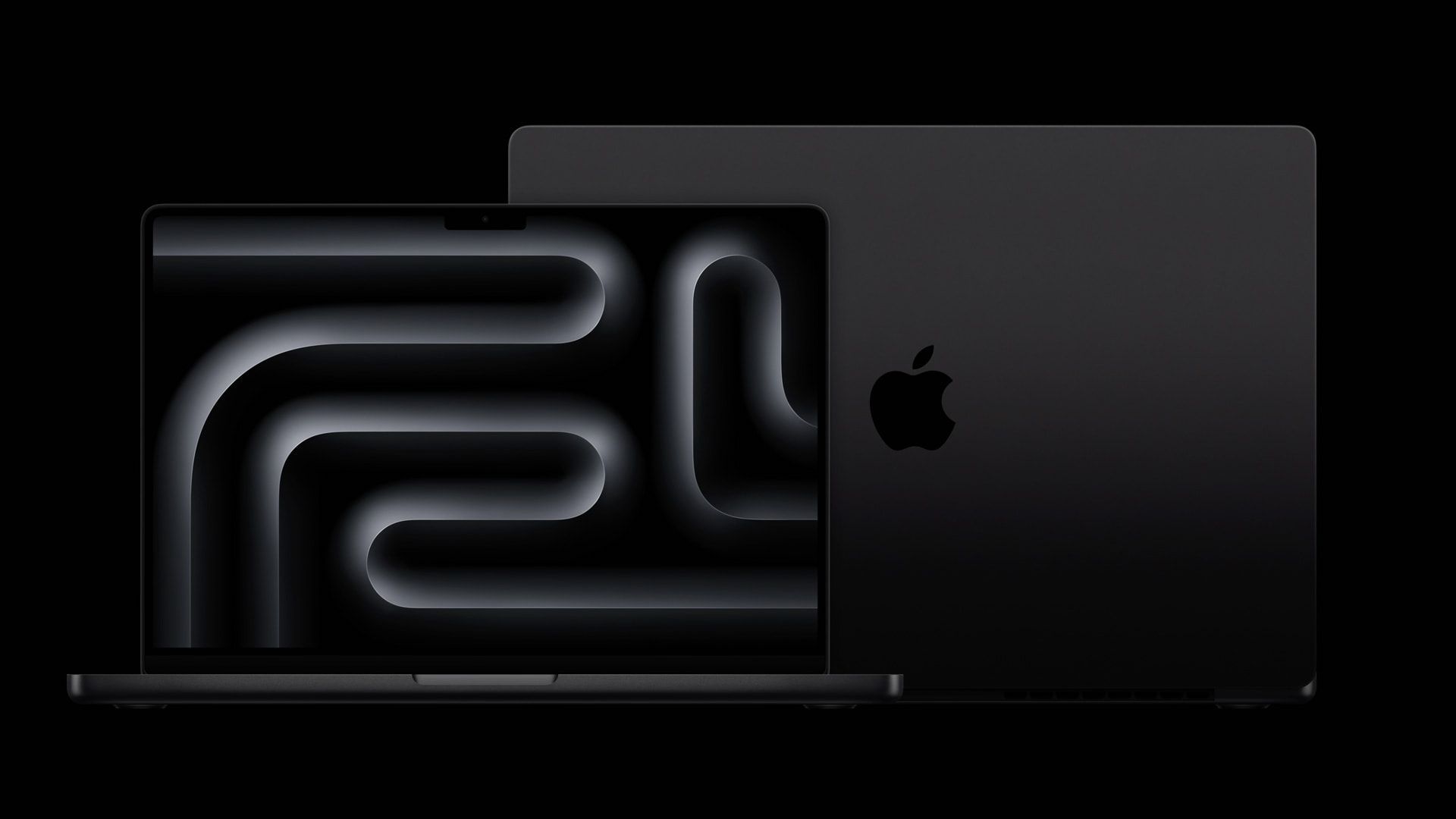
Sporting a 12-core CPU and an 18-core GPU, the M3 Pro is all about delivering uncompromising power. And for those who value memory, the M3 Pro does not disappoint, boasting up to 36GB of unified memory. The M1 Pro vs M3 Pro debate gets even more intriguing when you consider the M3 Pro’s 37 billion transistors and its enhanced neural engine, designed to supercharge machine learning applications.
M1 Pro vs M3 Pro: Performance
In terms of raw performance, both the M1 Pro and M3 Pro have their unique strengths. The M1 Pro, with its absence of a Turbo Boost feature and cores reminiscent of the original Apple M1, provides stable and reliable performance. Conversely, the M3 Pro promises up to 30% faster single-threaded performance over its predecessor, establishing itself as a force to be reckoned with.
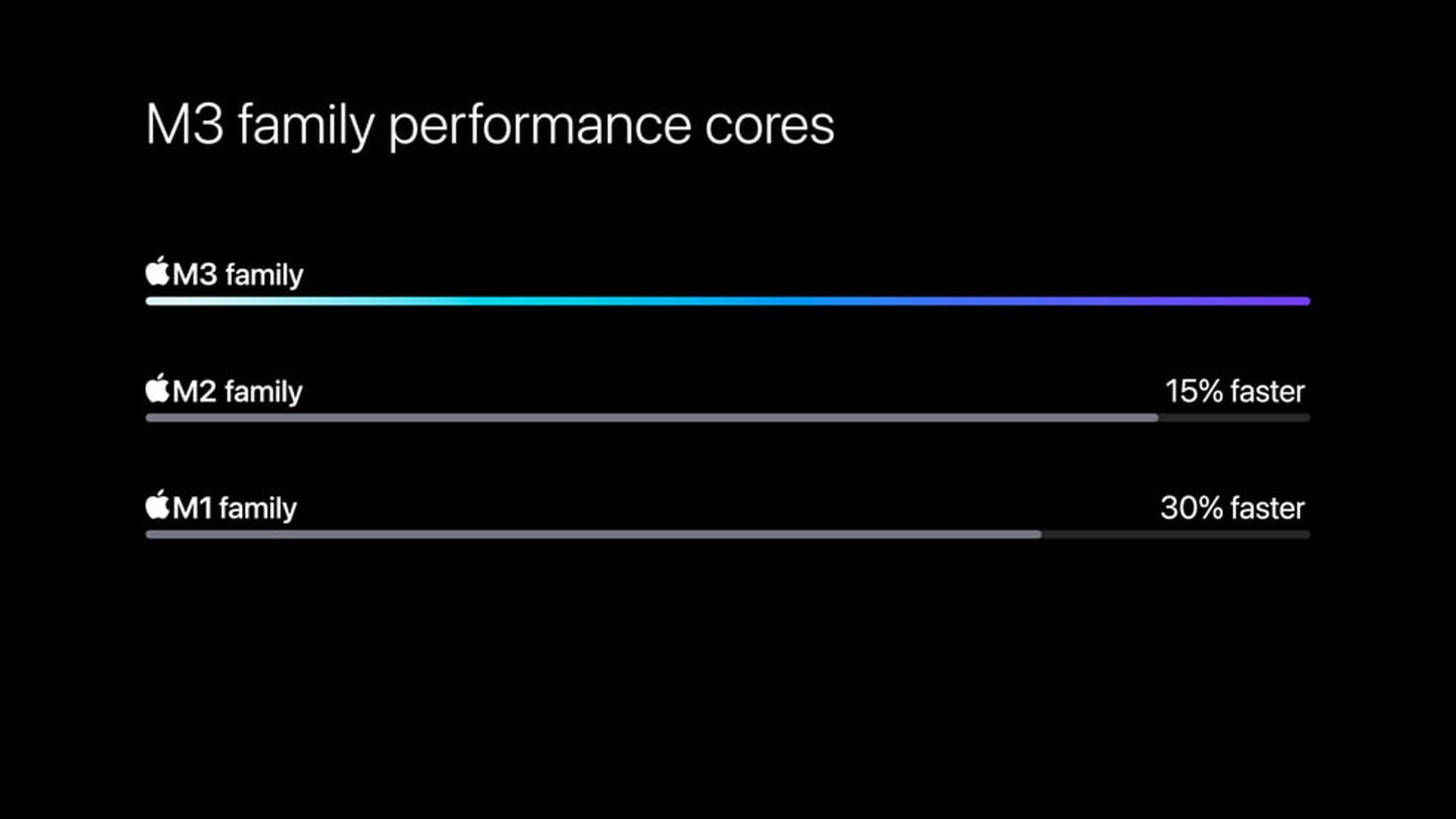
Graphics aficionados will appreciate the M3 Pro’s Dynamic Caching, ensuring optimal memory usage for demanding applications and games. As we weigh the pros and cons in the M1 Pro vs M3 Pro face-off, it’s evident that both chips have set new benchmarks in the tech world. The real question is, which one will earn the crown in your book?
M1 Pro vs M3 Pro: Graphics and memory
The M1 Pro, armed with its 16-core integrated graphics card, ensures every pixel on your screen is a visual delight. Whether you’re editing high-resolution videos or diving into graphic-intensive gaming, the M1 Pro has you covered. However, don’t dismiss the M3 Pro just yet.
With its enhanced GPU featuring Dynamic Caching and a generous 36GB of unified memory, it’s tailored to handle even the most demanding visual tasks with ease. And for those hungry for more, the M3 Pro’s hardware-accelerated ray tracing and mesh shading are game-changers, promising higher-quality graphics with intricate lighting and detailed environments.
M1 Pro vs M3 Pro: Innovations and features
When it comes to groundbreaking innovations, the M1 Pro vs M3 Pro debate takes an exciting turn. The M1 Pro, with its secure enclave and unified memory architecture, showcases Apple’s vision of a seamless and secure computing experience. Add to that the Thunderbolt 4 controller and media encoders, and you have a chip that’s ready for the future.
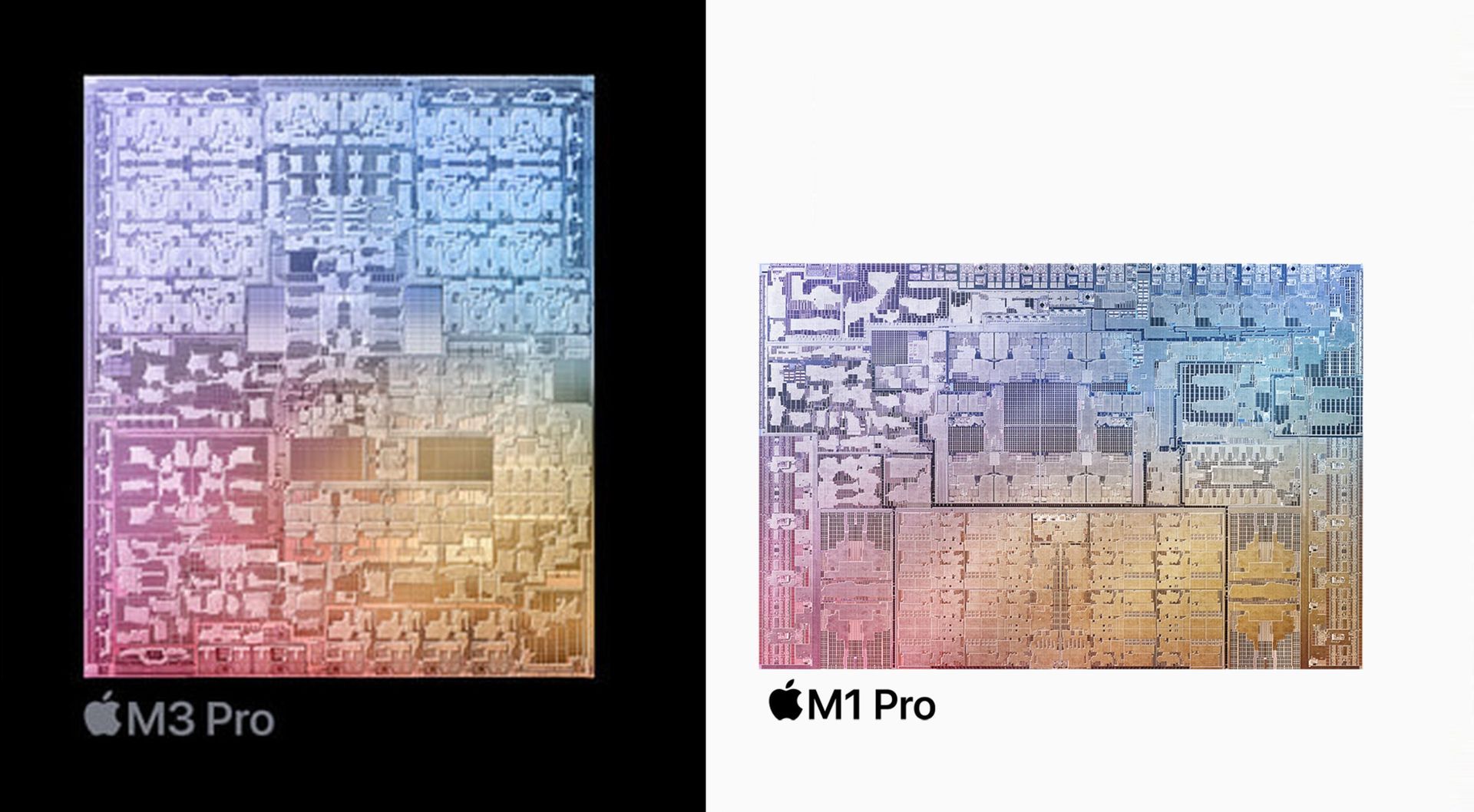
On the flip side, the M3 Pro is all about pushing the envelope. Its enhanced Neural Engine accelerates machine learning models, making tasks like voice recognition and image processing faster and more accurate.
For the videophiles out there, the M3 Pro’s advanced media engine supports a range of video codecs, ensuring that your media playback is smooth and top-notch. As we navigate the innovations in the M1 Pro vs M3 Pro journey, it’s evident that Apple is not just shaping the present but also crafting the future of computing.
M1 Pro vs M3 Pro: The ultimate choice
The M1 Pro vs M3 Pro debate leads us to the ultimate question: Is it time for an upgrade? If you’re someone who’s content with everyday tasks like browsing, streaming, and light editing, the M1 Pro will serve you well. It’s a powerhouse in its own right, offering a blend of performance and efficiency that’s hard to beat.
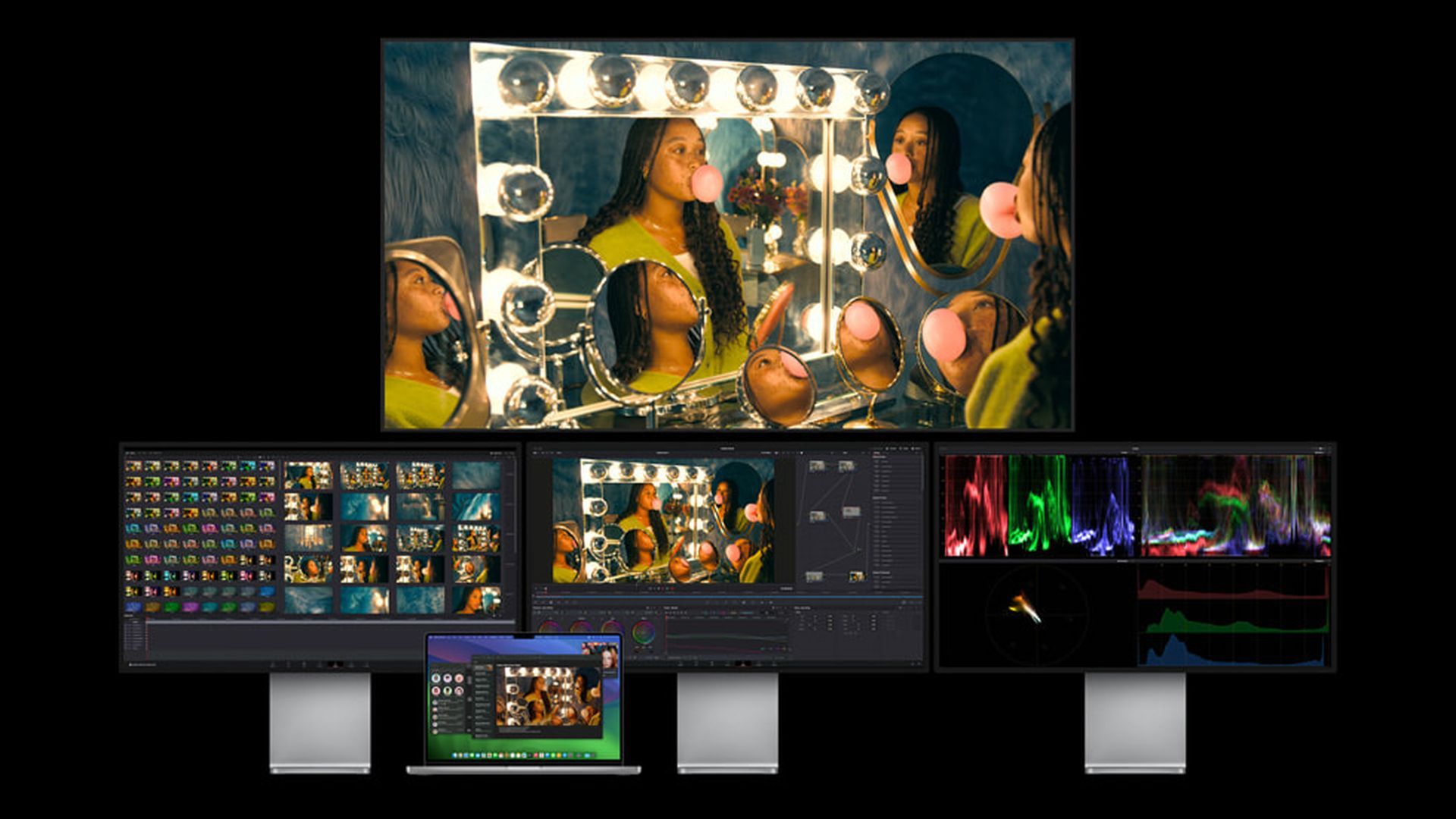
However, if you’re a professional seeking advanced features, or someone who’s always on the lookout for the next best thing in tech, the M3 Pro is calling your name. With its enhanced graphics capabilities, superior memory, and groundbreaking innovations, it’s designed for those who demand nothing but the best.
Whether you’re into high-end video editing, intensive gaming, or complex machine learning tasks, the M3 Pro ensures you’re always ahead of the curve.
Meanwhile, if you want to learn more about the new lineup, make sure to check out our article on M3, M3 Pro and M3 Max.
Featured image credit: Apple

